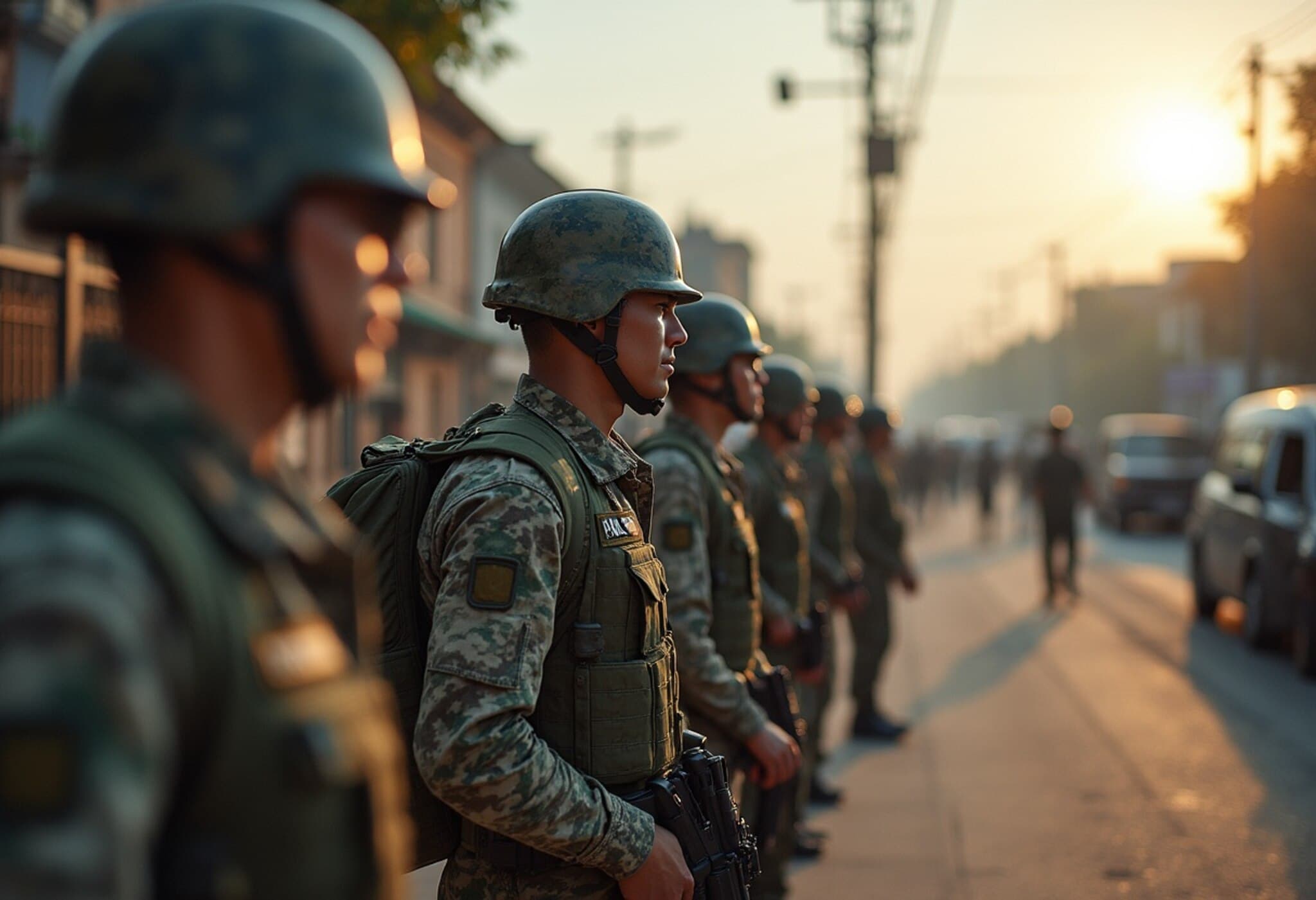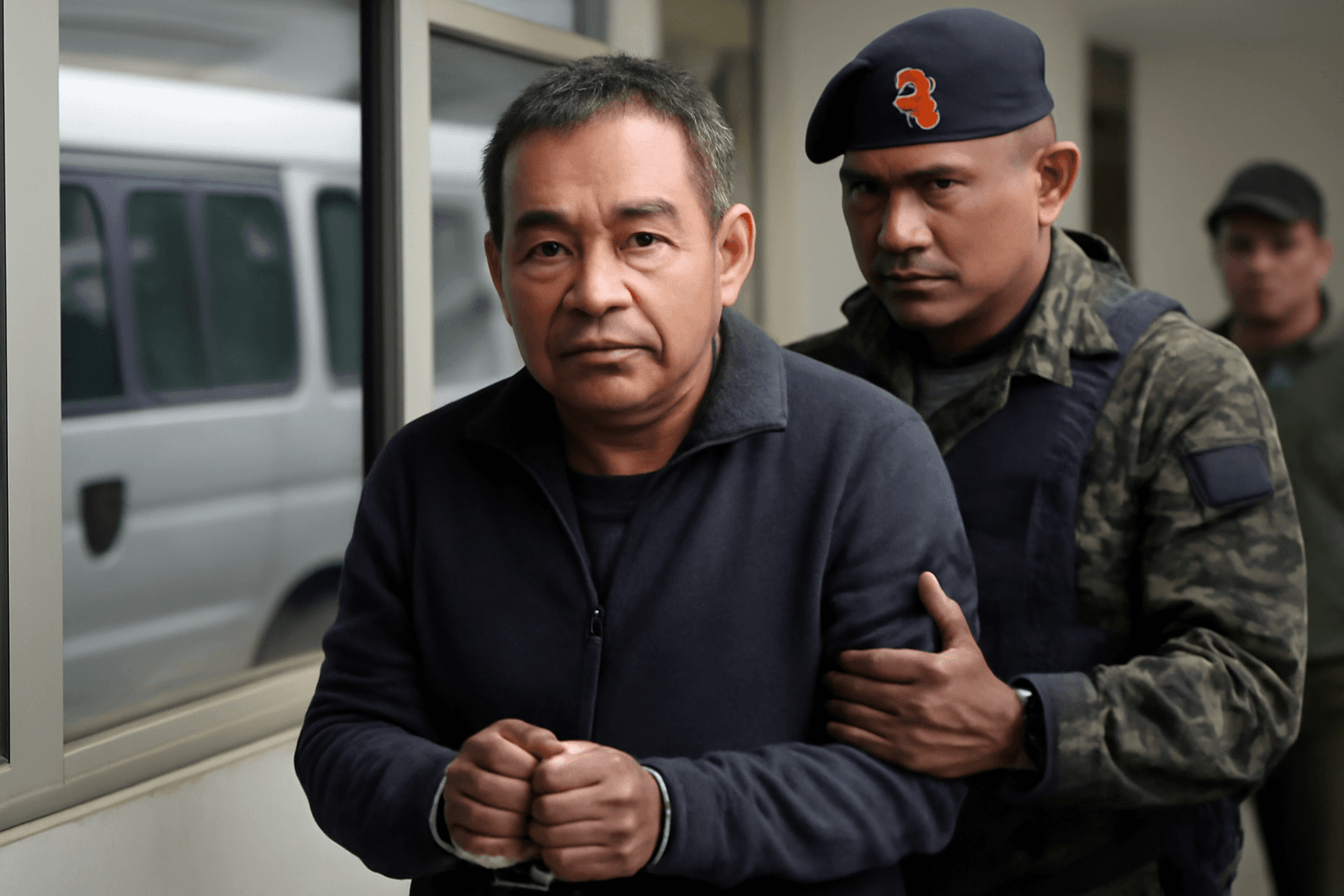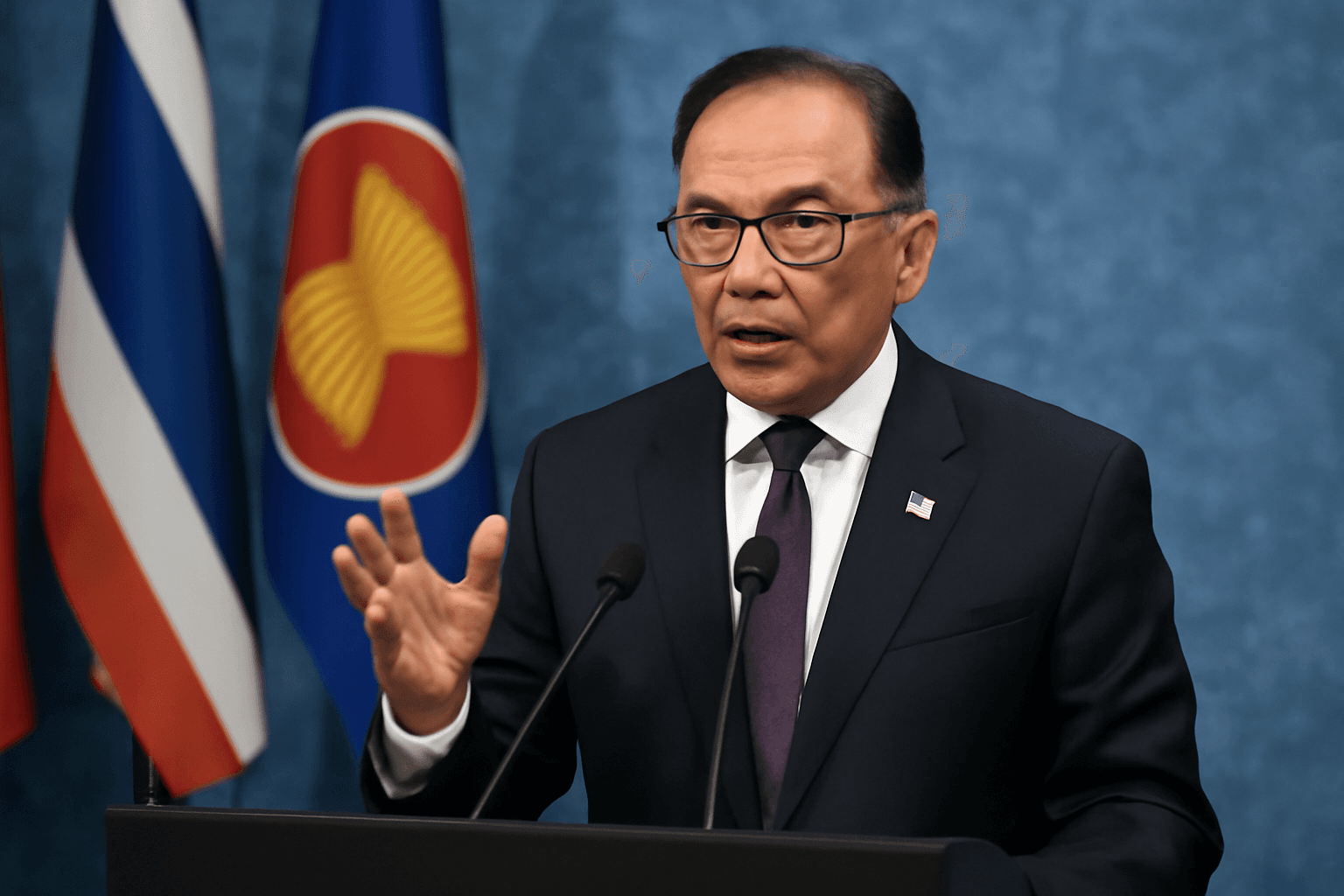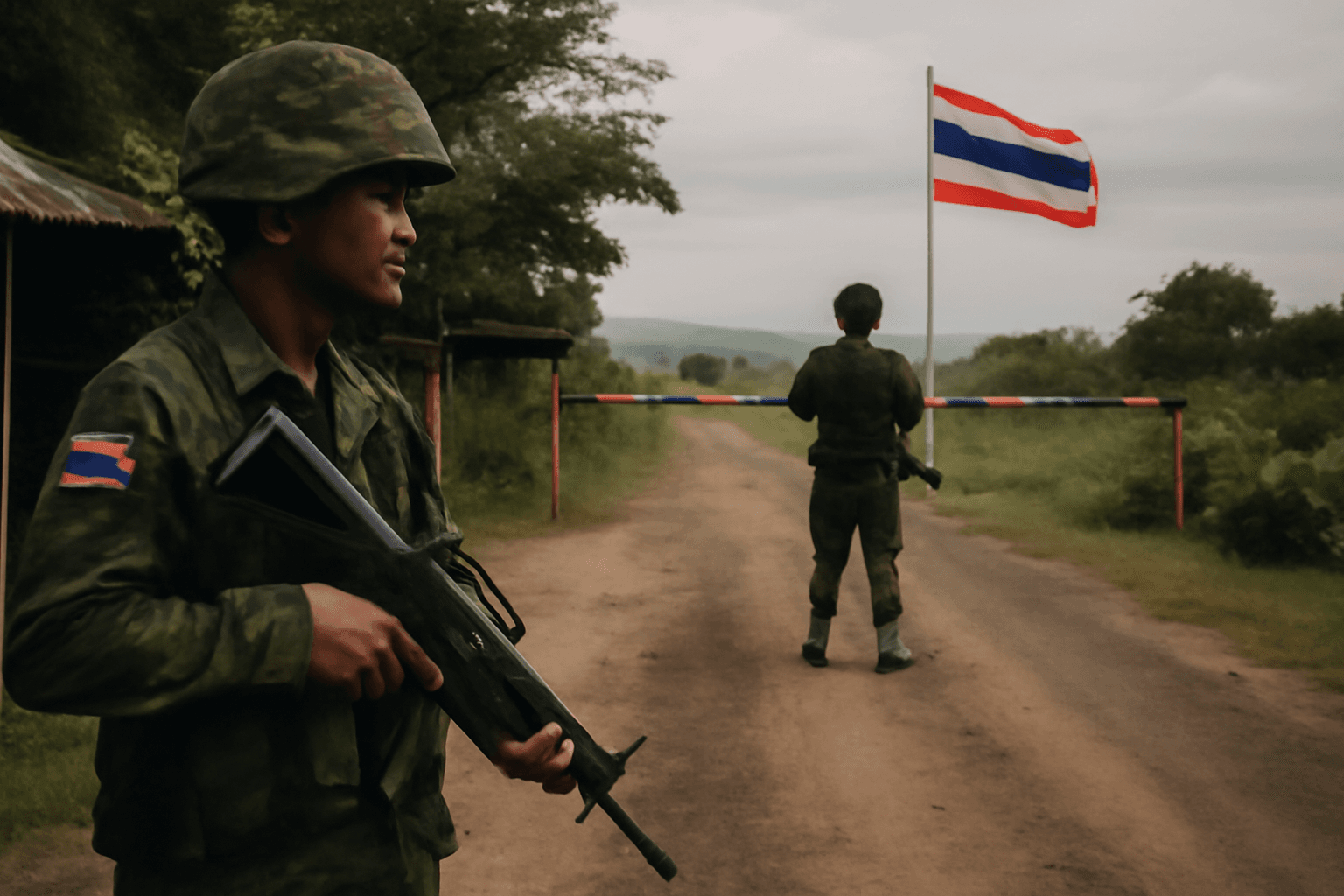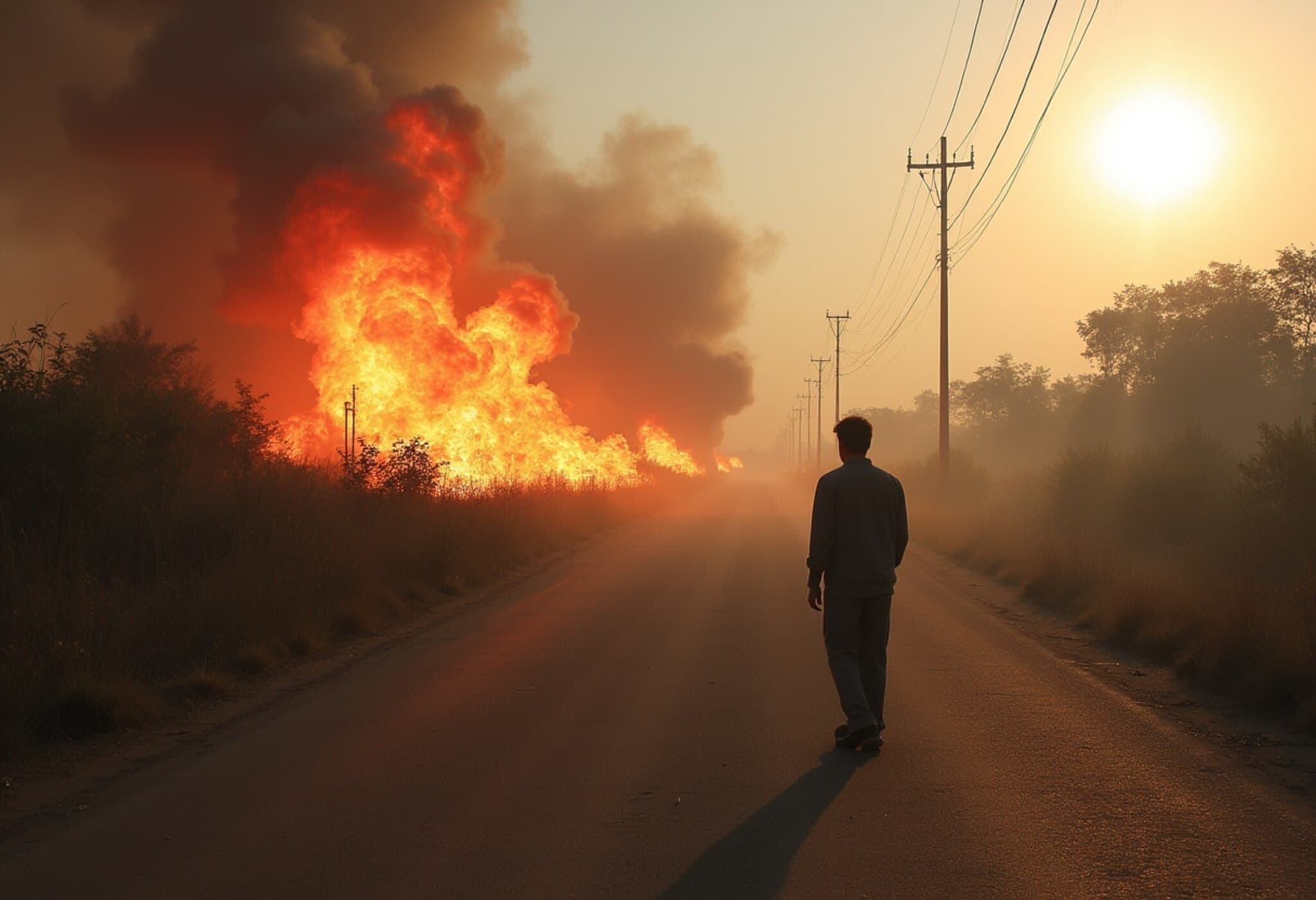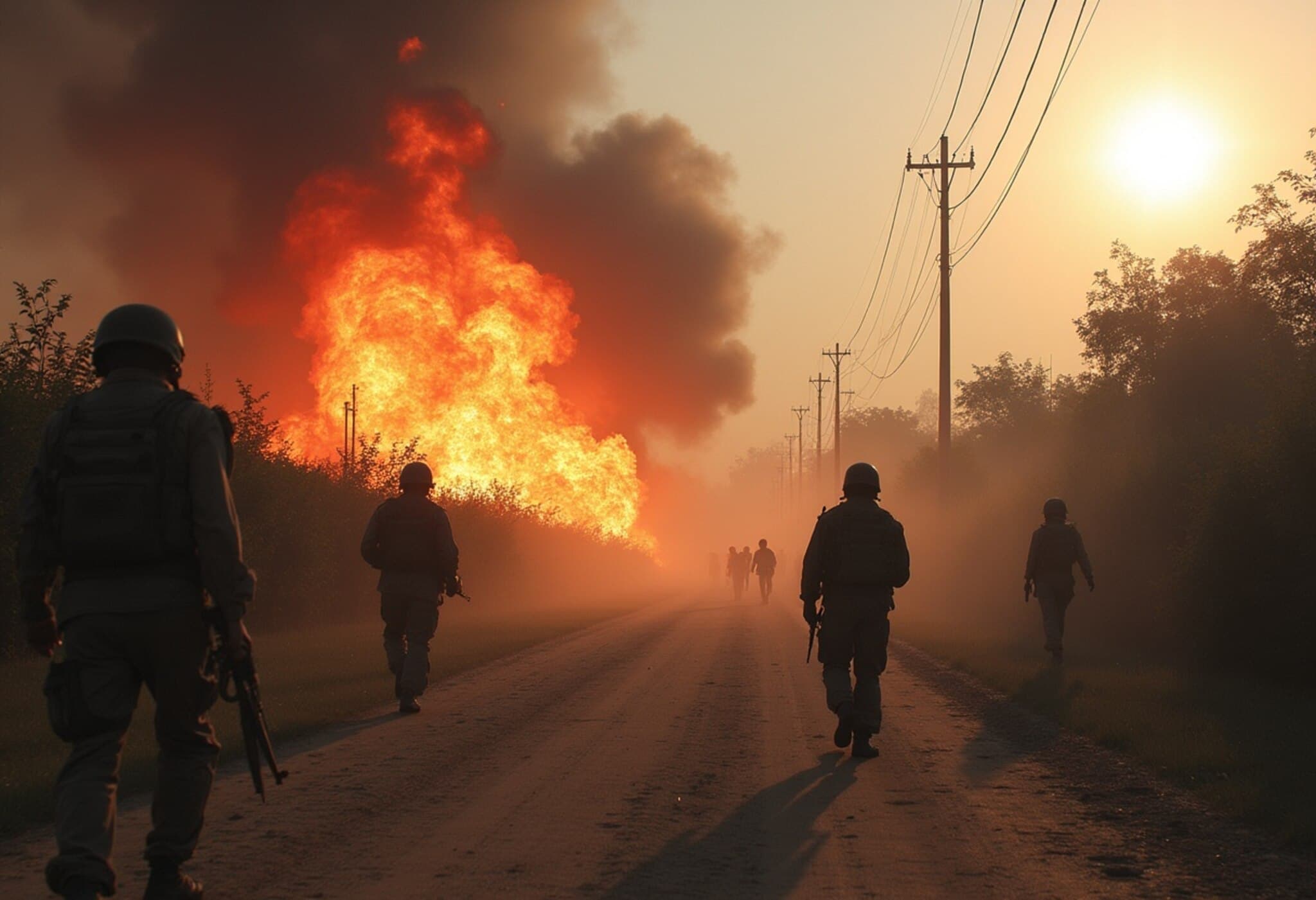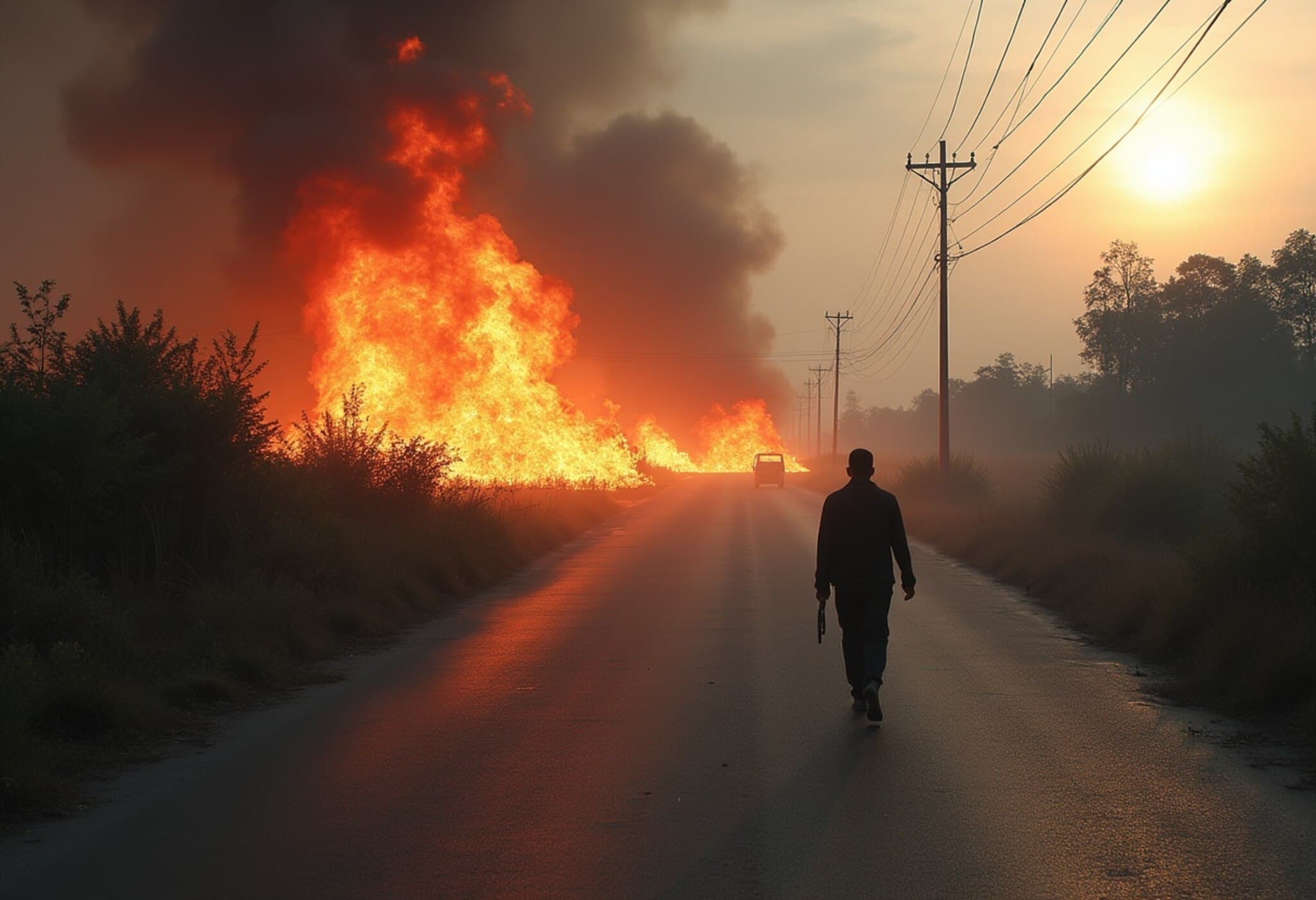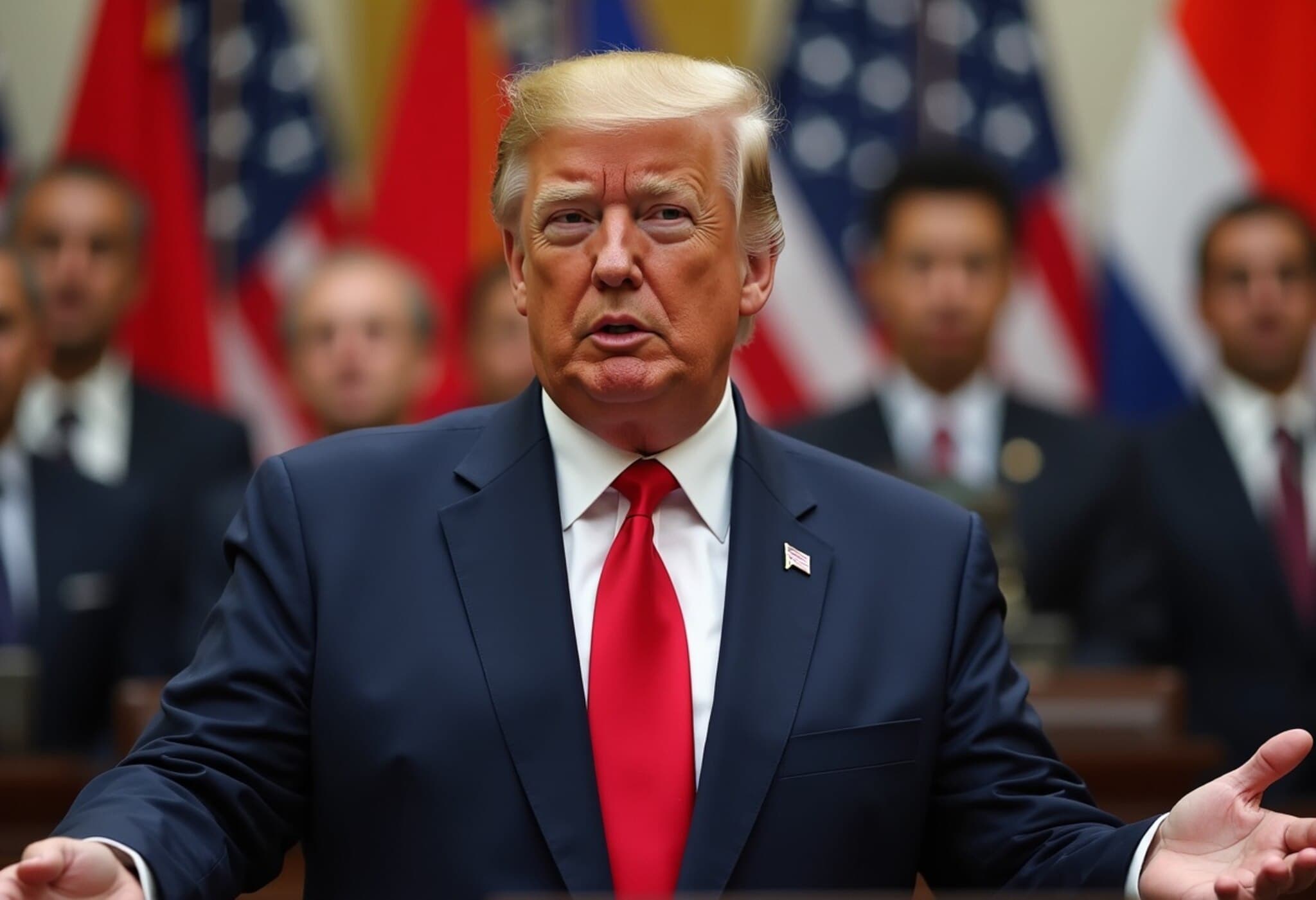Escalating Thailand-Cambodia Border Clashes Raise Economic Alarm
The recent resurgence of military skirmishes between Thailand and Cambodia along their shared border has ignited fresh concerns about the fragile economic balance in Southeast Asia — particularly affecting Cambodia’s tourism sector. Though both neighbors rely significantly on tourism, analysts warn that Cambodia’s economy may bear the heavier brunt of these clashes.
Economic Stakes: Tourism as a Crucial Pillar
Tourism represents a vital driver for both nations. In 2024, it contributed approximately 12% to Thailand’s GDP and about 9% to Cambodia’s. Thailand welcomed millions of visitors drawn to well-established hotspots like Bangkok and Phuket, located hundreds of kilometers away from the contested border regions. In contrast, Cambodia’s tourism infrastructure is less developed and more concentrated near the dispute zones, heightening its vulnerability.
Sreeparna Banerjee, Associate Research Fellow at the Observer Research Foundation, emphasizes: “While Thailand’s tourism economy is formidable and diversified, unrest—even localized near the border—can undermine traveler confidence, which is precarious given Thailand’s goals for a tourism-led recovery this year.” She adds, “Cambodia lacks robust policy mechanisms such as large fiscal reserves or sophisticated tourism boards to buffer against such shocks.”
Recent Violence and Its Immediate Effects
On July 24, 2025, fresh exchanges of artillery fire erupted in Preah Vihear province, involving heavy weaponry such as Cambodia’s BM-21 multiple rocket launchers and Thailand’s deployment of F-16 fighter jets. This follow-up in the clash cycle comes after Thailand’s expulsion of Cambodia’s envoy amid heightened diplomatic tensions.
The origin of the latest conflict traces back to the fatal shooting of a Cambodian soldier on May 28 in the “Emerald Triangle,” the strategically sensitive tripoint with Laos and Thailand. Since then, border provocations have persisted, and Cambodia’s attempt to lay new landmines in disputed areas escalated hostilities.
Why Cambodia Faces Greater Economic Risks
Joshua Kurlantzick, Senior Fellow at the Council on Foreign Relations, explains that Thailand’s major tourist destinations are geographically distanced from the conflict zones, limiting the broader economic fallout. Bangkok lies some 260 kilometers from the border, while popular beach destination Phuket is even farther and functions largely independently of border stability.
“Cambodia’s tourism market, however, is far more fragile and faces significant reputational damage due to ongoing unrest,” Kurlantzick notes. He highlights Cambodia’s relatively smaller base of recurring tourists and perception as a less stable destination compared to Thailand.
Kasem Prunratanamala, Head of Thailand Research at CGS International Securities, adds another layer: “A sizable number of Thai nationals routinely cross into Cambodia for gambling, a lucrative draw now disrupted by the border shutdown, further harming Cambodia’s local economy.” He observes that Thai border provinces are not primary tourist destinations themselves, limiting Thailand’s immediate losses.
The Broader Geopolitical and Security Context
The United States, a treaty ally of Thailand, has expressed grave concern and called for an immediate end to hostilities. Yet regional expert Chansambath Bong warns that the involvement of heavy artillery and jet fighters signals a dangerously intensified conflict that risks prolonged escalation.
Bong points out the fever-pitch nationalism gripping both countries makes diplomatic compromise challenging but suggests the incurred damage may spur eventual de-escalation.
Meanwhile, Banerjee offers a cautiously optimistic viewpoint: “Despite the risk of a protracted standoff, a broad escalation seems unlikely given significant economic and political incentives to avoid sustained conflict.” She also highlights the complexities of the regional atmosphere, marked by tensions in the South China Sea and instability in Myanmar, which may influence the conflict’s trajectory.
Looking Forward: Economic and Diplomatic Implications
- Tourism Recovery at Risk: Cambodia’s dependence on tourism revenue renders it particularly exposed to sustained conflict and negative travel advisories.
- Policy and Infrastructure Gaps: Cambodia’s limited fiscal tools and social safety nets reduce its ability to cushion economic shocks compared to Thailand.
- Regional Stability Impact: Continuing hostilities undermine Southeast Asia’s wider stability, with potential ripple effects on investment and bilateral relations.
- Potential Diplomatic Solutions: International pressure and shared economic interdependence may eventually push both countries toward conflict resolution.
Editor’s Note
The Thailand-Cambodia border conflict is more than a military standoff; it is a litmus test of how regional economies tethered to tourism can weather geopolitical turbulence. While Thailand’s diversified tourism portfolio offers some resilience, Cambodia faces the dual challenge of economic fragility and heightened security risks. Policymakers and international actors must therefore prioritize diplomatic engagement and economic support mechanisms to prevent a localized dispute from cascading into regional economic setbacks. How both nations balance nationalist fervor with pragmatic economic interests could shape Southeast Asia’s geopolitical and economic landscape for years to come.

